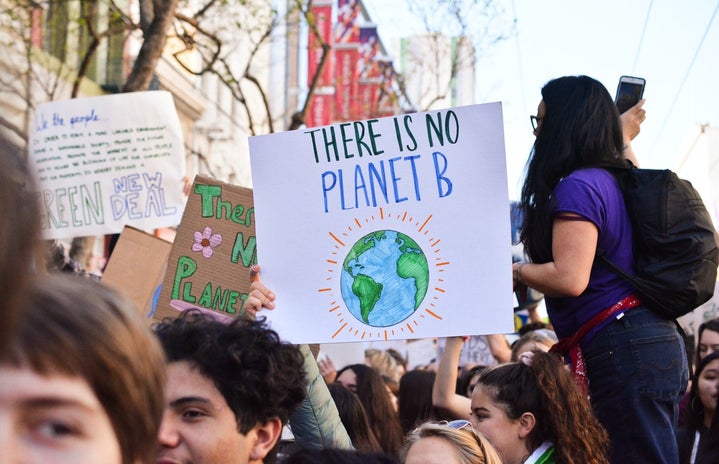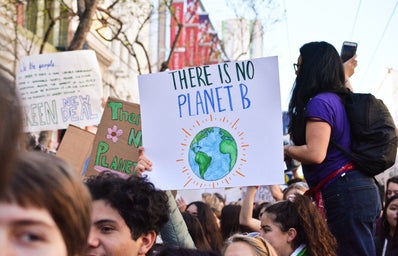During the months of October and November, residents of New Delhi often wake up to grey skies and smoky air. It is as if a thick blanket of smog covers the metropolitan city for these two months. The reason behind this hazardous air quality level ranges from stubble burning by farmers in nearby regions, to vehicular emission and firecrackers being burned during the weeks counting down to Diwali. Fortunately, this summer, during the period of the lockdown, New Delhi witnessed clear blue skies and breathable air after years, giving hope to citizens that the winter air would be bearable and breathable as well. However, that is not the case.
With increased stubble burning by farmers in nearby cities and celebrations like Diwali around the corner, Delhi’s air quality continued to deteriorate to an extent where the air quality index in the second week of November was falling under ‘very poor to severe’ category, ie, between 300-400 and 400 – 500 AQI in most parts of New Delhi, according to the Central Pollution Control Board. Although drastic measures such as banning of electricity generators and firecrackers were taken by the state government as an attempt to curb the pollution levels in the regions, these measures were merely unsuccessful. On the day of Diwali, despite the ban, firecrackers could be heard the entire night and the next day after Diwali as well.
Over the years, New Delhi’s increasing problem of air pollution has been extremely worrying. The severe level of air quality in Delhi is extremely dangerous for the entire population. Long term exposure to hazardous air quality levels increases the risks of respiratory illnesses. Additionally, this year, with the ongoing pandemic in place, the dangerous levels of air pollution and fine particles in the air leads to more people being exposed to COVID-19, thus creating two major health emergencies. According to a Harvard Case Study, a small increase in dangerous fine particles or PM2.5 leads to an increase in COVID – 19 death rate and a chance of higher COVID- 19 strain (1). Therefore, with the increase in air pollution in the city, there is a chance that there will be an increase in the spread and strain of COVID-19 thus hindering New Delhi’s aim to reduce Covid-19 cases.
The worrying pollution levels witnessed in Delhi this year indicate that while measures have been taken to curb the pollution levels, these measures are not enough. With rising levels of air pollution, there is an urgent need for the government and the people to work together to tackle the enormous problem of pollution in the city. Not only does an increase in air pollution level result in a higher spread of COVID-19 cases, but it also results in more severe respiratory problems. This would increase the number of health emergencies the city could face in the winter if the level of pollution does not decrease in the coming months.
(1) Fine particulate matter and COVID-19 mortality in the United States



